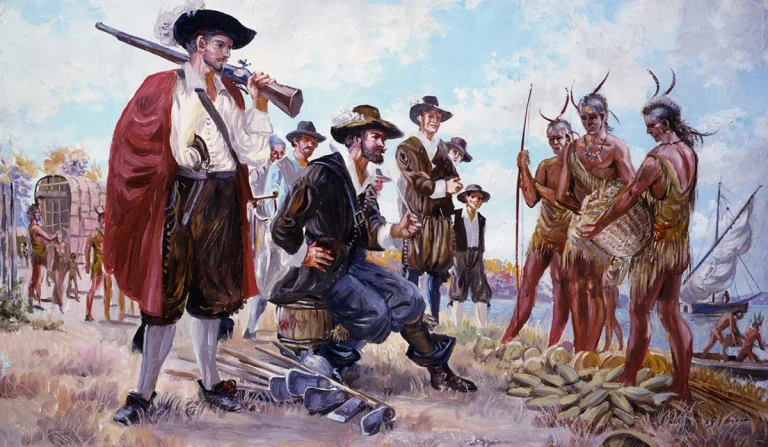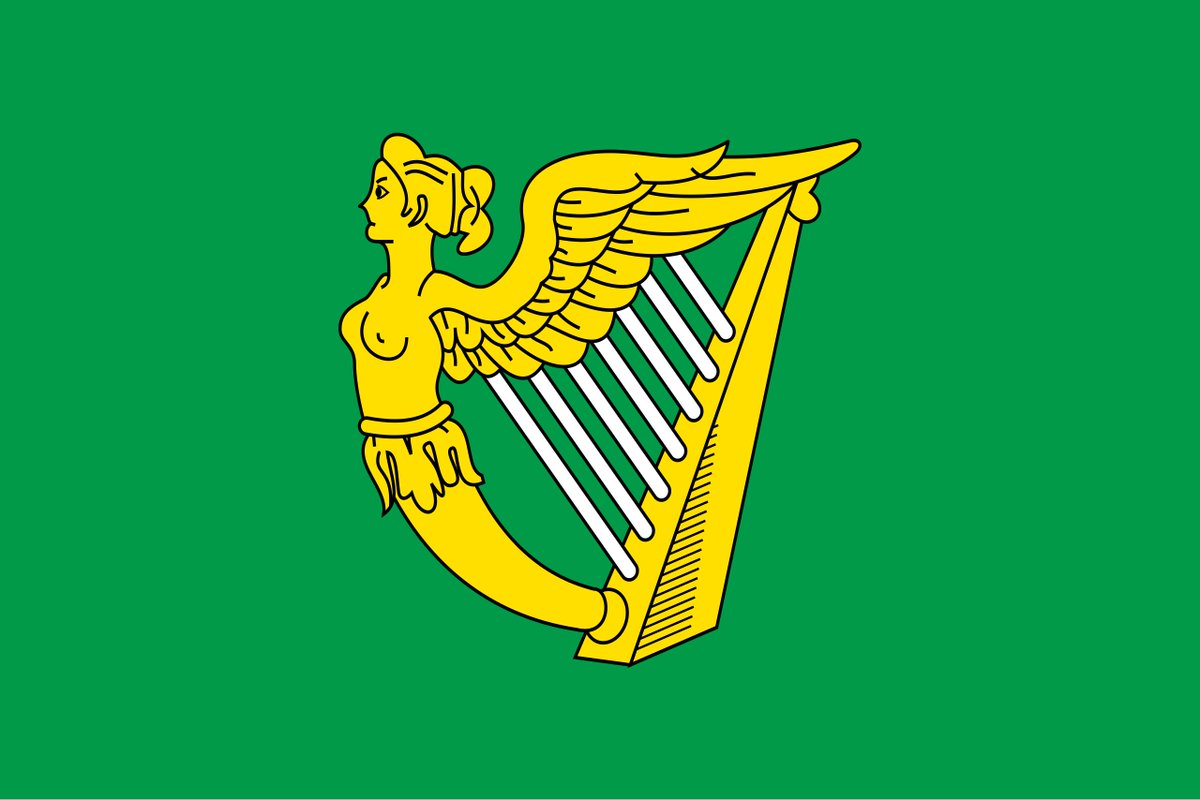The mighty mercenary Black Army of Hungary under the rule of King Matthias Corvinus (1458-1490) was arguably the strongest army of Europe at the time. Now almost forgotten, it had one of the best military records in European history! A brief overlook of its units and tactics. 

Matthias Corvinus was a powerful man of illustrious lineage of Hunyadi family. His father was the famous hero of Christendom John Hunyadi. In terms of military organization and administration of his Kingdom, Matthias was a visionary and truly ahead of his time, very capable man! 



Matthias Corvinus moved away from the old military system of "banners" of local militias and nobility, and wanted to create a more centralized state instead with a professional mercenary standing army which would be loyal to him only, using the most elite units available. 



To do this, Corvinus needed to impose his authority and power, greatly increasing taxes to support this immensely expensive elite army that he was creating! He started recruiting mercenaries from neighboring lands where many conflicts produced a lot of veterans of war. 

Matthias Corvinus was basically assembling a "dream team" army of the time with mercenary specialists for all types of war; German mercenary knights as heavy cavalry, Czech veterans of Hussite Wars for their gunpowder weapons and tactics, as well as many other skilled warriors! 



Matthias Corvinus also reformed his own Hungarian units, introducing the hussar light cavalry armed with sabres. His mercenary army was covered practically everywhere with elite units. Heavy cavalry, light cavalry, a good mix heavy and light infantry, crossbowmen and gunpowder. 





One of the foundations of the tactics of this army of Corvinus were the Hussite defensive tactics that employed gunpowder and war wagons. The Hungarian Black Army made this tactic more versatile and backed it up with more diverse types of infantry, and of course cavalry. 



The infantry was a mixture heavy infantry, light infantry, crossbowmen and hand gunners, protected by large pavise shields which Matthias Corvinus himself described as a "fortress". This "fortress" of infantry was in the center while cavalry was on the flanks. 





The crucial part was that the armored heavy infantry was never supposed to give up its place while the more mobile light infantry could occasionally break out. The crossbowmen and hand gunners provided constant firepower and were protected by the pavises and melee infantry. 

This disciplined infantry was like a mobile fortress which was supposed to drag the enemies into a grueling dogfight in the center while the cavalry on the flanks could then overwhelm them from both sides. It was also the crucial rallying point of the army. 





By having an imposing cavalry to back up the infantry, the Black Army avoided the shortcomings of the Hussite war wagon tactic which was limited offensively and made soldiers vulnerable when going away from the wagons. The Black Army had its massive cavalry do that job instead. 

But of course given the diverse units the army had in its ranks, it could fight in many different ways too. It was effective in sieges, it could defend, it could fight in any terrain or weather conditions. Its light cavalry was also great at raiding and harassing enemy territory. 



At the peak of its power, the Black Army could field up to 30.000 men, a huge number for that age! However it should be noted that many soldiers were only employed for specific battles and campaigns, which also increased the risk of mutinies, and presented a problem on its own. 

Matthias Corvinus needed a lot of money to fund all of this, and he pursued a very aggressive expansionist policy. His dream was to create a big Central European empire which would be able to confront the Ottomans and bring the war to them, rivaling this Oriental power. 

Because of this, the Black Army did not only wage the war against the Ottomans but also against Holy Roman Empire, Bohemians, Poland and other Europeans. It had fought all over Central Europe and Balkans, participating in multiple battles, sieges and skirmishes! 

Just look at how great the military record of the Black Army was from these tables which also include many minor skirmishes. This is one of the best military records in European history, and it kept improving as time went on. By 1480s it was almost perfect. 







The Black Army contained soldiers from all the races of Central Europe, from local Magyars to Germans and to Slavs like Bohemians, Croats, Poles and Serbs. Matthias Corvinus was indeed building a true Central European empire united under one banner! 

The two crowning military achievements of the Hungarian Black Army and the reign of Matthias Corvinus were definitely the 1479 victory over the twice larger Ottoman army at the Battle of Breadfield and 1485 conquest of Vienna. Now sadly largely forgotten great triumphs. 



At the height of his power before his death in 1490, Matthias Corvinus ruled a European superpower backed up by this mighty Black Army! However after his death everything fell apart quick as the weak new King Vladislaus II succumbed to pressure of powerful magnates from nobility. 

The magnates were desperate to regain power after the strong heavy-handed ruler Matthias and reduced the taxed even by 70-80%! The new King was not able to sustain the Black Army which fell apart soon and resorted to looting before slowly vanishing out of history. 



Everything that Matthias conquered was lost in mere months! Hungary went from having the most powerful army to being one of the militarily weakest if not the weakest in Europe! In terms of military development, it was set back for like 200 years, going back to "banner" militias. 

The greedy magnates who crippled the ability of the Kingdom to defend itself ultimately caused its demise in 1526 when the Ottomans defeated this weakened Hungarian army at Mohács, causing the collapse of the medieval kingdom and its division which lasted for centuries. 

Because of this colossal failure after Corvinus' death that led to defeat at Mohács, his great reign and the triumphs of his Black Army are unfairly overshadowed somewhat, but once we carefully examine his life he was definitely one of the greatest medieval Kings! 



• • •
Missing some Tweet in this thread? You can try to
force a refresh







































